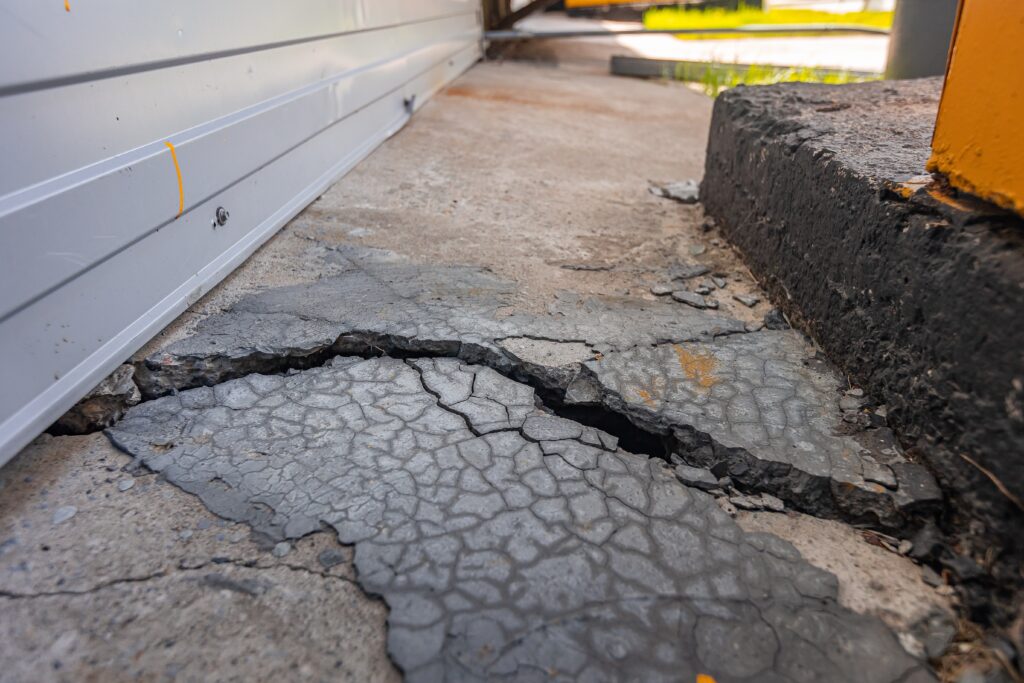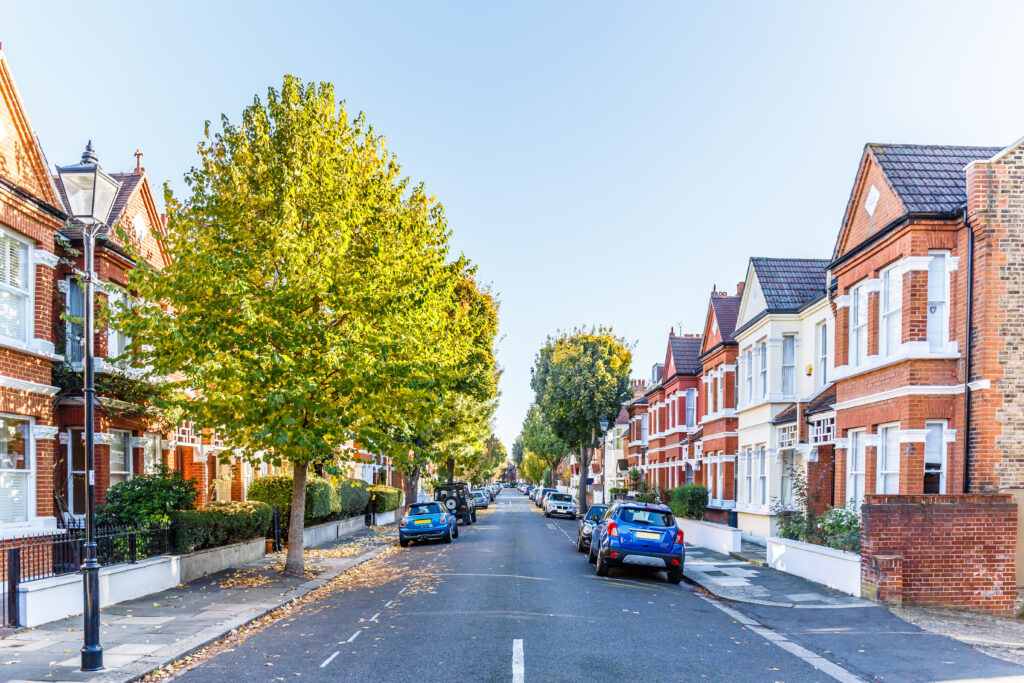Ground movement and trees
We investigate structural problems caused by ground movement, tree roots, subsidence, heave and landslip. Our Chartered Structural Engineers provide detailed surveys and reports with clear recommendations to protect your property and support insurance or legal claims.
Landslip
If your building is on a slope and you suspect that landslip has occurred, one of our Chartered Structural Engineers will be able to visit the site, inspect the building and the surrounding environment, interrogate third party databases, (e.g. local geological surveys) and state our findings in a report which will describe the issue with the landslip and with the damage to your property. We will determine whether the building is under threat of further damage or collapse, make an assessment about the safety of the structure and provide a set of recommendations for actions to be taken to return the building to a safe state. The report can also be used as part of your insurance claim.

Subsidence, settlement and heave
Heave occurs when the ground under a structure pushes upwards and in doing so, causes structural damage to your building. It is different from subsidence and settlement. Subsidence occurs when the ground drops for reasons unrelated to the building, (e.g. nearby construction work, drying of clay-based subsoil, or ground tremors). Settlement is similar to subsidence but the drop in ground level normally occurs because of the load from the structure itself.
Heave is often related to water; the ground beneath the structure has a certain amount of water content in it, and if, for example, there are changes to nearby drainage, or if a nearby tree is removed or dies, far less water may be removed from the soil, meaning the ground is likely to swell over time. Whatever the cause, one of our Chartered Structural Engineers will visit your site, analyse the ground type, investigate local environmental factors, consult local geological survey data and form a conclusion as to the source and resolution of the heave. They will also provide a set of recommendations for you to use with a specialist contractor, to reduce or remove further risk to your property.
Tree-related damage to buildings
Trees, or the dying or removal of trees, which are close to a property, can have an effect on the building itself. This can range from growth of roots forcing the foundations to move, drawing of moisture out of the soil causing subsidence, the growing weight of a tree causing settlement of the soil and therefore impacting nearby structures, or excess moisture resulting from the removal of the tree, (which would otherwise be drawing moisture out of the ground). This is known as heave. For all these reasons, some insurance companies won’t insure your building if it is too close to a tree.
It can be even more complex if the tree belongs to one neighbour, but is having an impact on another neighbour’s property. Our Chartered Structural Engineers can visit the site of your property, assess multiple factors relating to the tree(s), your foundations, the ground & geology type for the area, and environmental factors. We can then form a conclusion about whether the tree could be the cause of any historical, present or future structural issues. We will then put our findings and recommendations into a report for you to use with your contractor or in the resolution of a dispute.
